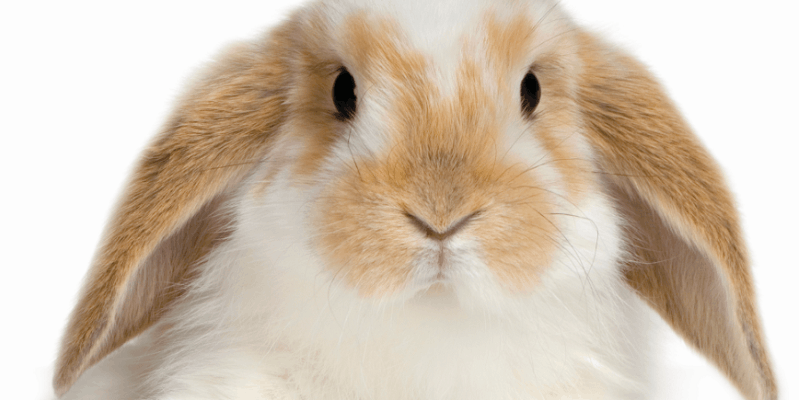Exercising Safely
No doubt you’ve heard the old mantra, ‘Safety First’. This simple slogan should be at the fore of everyone’s mind in many fields, and animal care is no different. This may not be practical for many pocket pets and cage animals, but small animals such as cats and dogs should be thoroughly checked by a reputable vet to ensure that they are healthy enough to commence an exercise regime and to be sure there are no areas for concern that should be factored into the exercise plan.
A detailed history of the animal’s past injuries and any genetic diseases in the animal’s family tree is a valuable tool for this assessment, if available. Vaccinations should always be up-to-date but are especially important for animals that are regularly exposed to unknown animals or places other animals have been.
Once the animal is cleared by the vet it’s time to start the physical training. Whether you’re looking after a healthy house pet or a world-class athlete every animal must start slowly.
For young or overweight pets this may mean something as short and simple as a casual walk around the block to begin with. Depending on the animal’s energy levels you can begin building up the regime to include higher-impact, longer-lasting workouts.
As you build up it’s extremely important to keep a close eye on the animal’s reactions to the work. Excessive panting during the workout or prolonged lethargy following it are good indicators that you’re progressing too fast and should bring the animal back down to the previous work level to allow it more time to build strength.
Overwork is a constant threat in a workout. Watch your animal closely for signs of stiffness or a lack of enthusiasm to exercise. A workout should be fun for the animal and handler, if it’s not wanting to work there’s a good chance it’s sore from overworking. Sore muscles can be helped or prevented by massages (particularly useful in working dogs) after a workout and a high-protein meal after the animal has cooled down to help replenish the energy.
Just like their human counterparts, animals need to warm up and cool down before and after exercising. Start an animal with a slow, low impact exercise that uses various groups of muscles to warm up (for a healthy animal a short, casual walk that includes flat ground and going up and down stairs works well).
After the workout, walk the animal or otherwise encourage them to keep moving at an easy pace until their body temperature and heart rate return to normal. Next, regard to safety has to be maintained in the type of exercise that is done. Only include exercises that ensure the safety of both animal and handler.
It’s strongly recommended to always keep an animal on a leash or within a secure area at all times to prevent injury from other animals or motor vehicles. Make sure you are well-trained on the proper use of any exercise equipment, and never exercise an animal from a moving vehicle or bicycle where it’s difficult to keep an animal under control and out of harm’s way.
Finally, if you wouldn’t exercise in a particular environment yourself then you should never expect an animal to do so. If it’s too hot or cold for comfort you should not exercise them. Many animals have thick coats that make them particularly susceptible to heat stroke. Inclement weather poses risks to outdoor workouts in the form of icy or muddy workout terrain and chills from working wet or in high winds.


